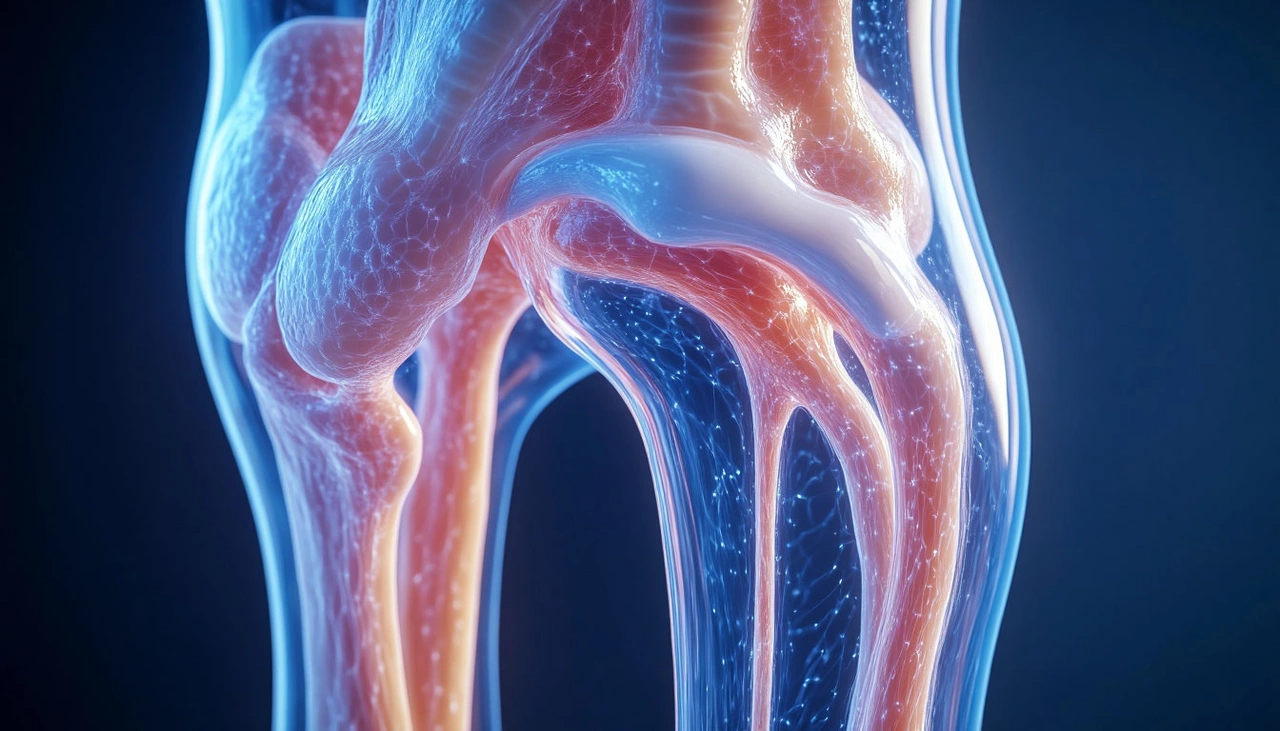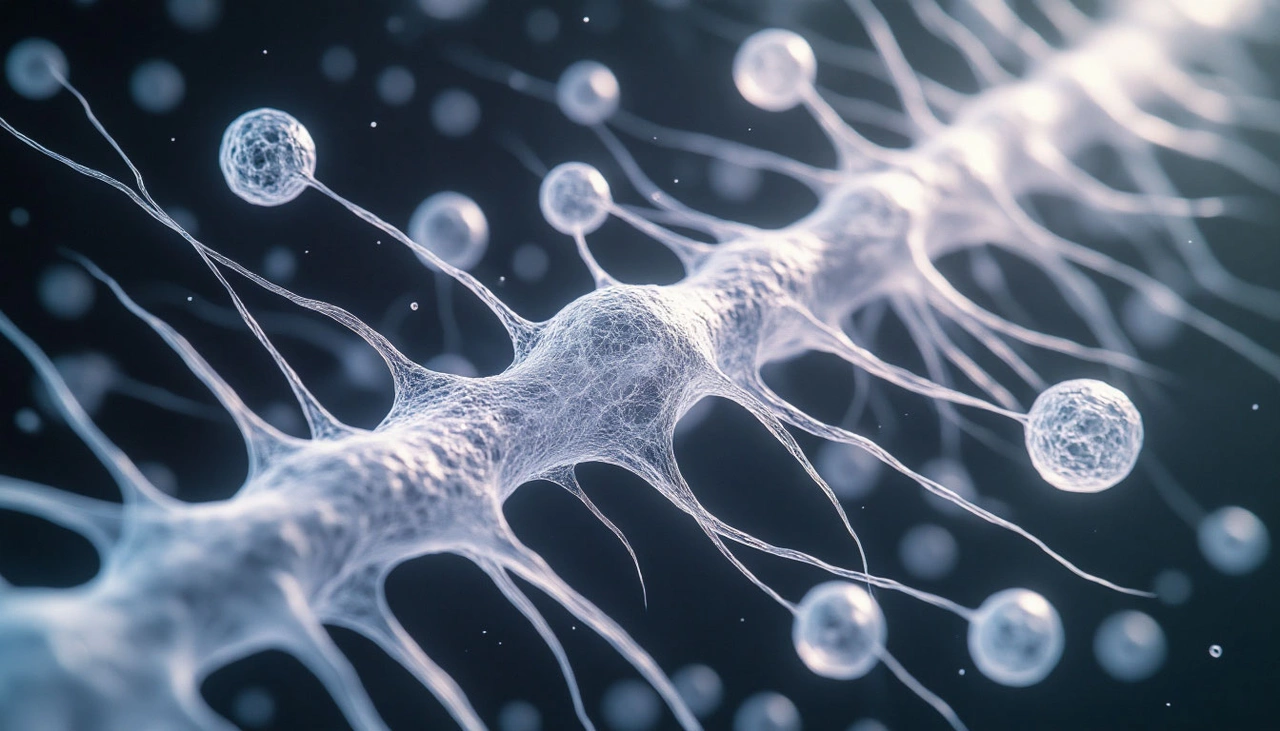🦴 Why Collagen and Hyaluronic Acid Are Essential for Joint Support

🦵 What’s Really Going On Inside Your Joints?
Most of us rarely think about joint health — until discomfort creeps in during daily movements like walking, standing up, or exercising. But joints are intricate, dynamic systems that require regular care, especially as we age.
Joints are where two or more bones meet, allowing your body to bend, twist, and move. The most complex and frequently used ones — called synovial joints — are especially prone to wear and tear. These joints are cushioned by smooth cartilage, surrounded by synovial fluid for lubrication, and held together by ligaments. When everything works in harmony, movement is pain-free. But if this balance is disrupted, discomfort and stiffness may follow. That’s where collagen and hyaluronic acid (HA) come into play — two natural compounds that are critical for joint health, yet decline over time.

💧 Hyaluronic Acid: Nature’s Joint Lubricant
What is Hyaluronic Acid?
Hyaluronic acid is a gel-like substance found in your skin, eyes, and — importantly — joints. Often called a “moisture magnet,” it can hold up to 1000 times its weight in water. While it’s a buzzword in skincare, HA’s role in joint health is equally powerful.
How HA Helps Your Joints
Inside your joints, hyaluronic acid is a vital component of synovial fluid — the slippery substance that keeps bones from grinding against each other. Think of it as the oil in your joint "engine." It cushions impact, reduces friction, and keeps movement smooth. But HA does more than lubricate. Studies show that it helps protect cartilage from breakdown and may even support tissue regeneration.¹² Supplementing with HA can be a game-changer, especially for those experiencing early joint stiffness or age-related wear.

💪 Collagen: The Joint’s Structural Superhero
What is Collagen?
Collagen is the body’s most abundant protein, acting as the “glue” that holds us together. It’s found in skin, muscles, bones, tendons — and, of course, joints. It’s essential for forming and maintaining the cartilage that cushions your joints, as well as the ligaments and tendons that stabilize them.
Why Collagen Supplements Matter
Starting around age 25, your body naturally produces less collagen each year. Over time, this decline can make joint structures weaker, less flexible, and more prone to injury or discomfort. Supplementing with collagen peptides has been shown to support cartilage health, improve joint mobility, and reduce stiffness — especially in those with active lifestyles or aging joints.³

✅ How Else Can You Protect Your Joints?
Adding collagen and HA to your routine is a great start — but don’t stop there. Your lifestyle also plays a major role in joint longevity.
1. Build Stronger Muscles
Strength training doesn’t just tone your body — it supports your joints. Strong muscles help stabilize joints and reduce the load on cartilage and tendons. Think of your muscles as a support frame for your joints.
🧠 Tip: Always consult a trainer or physical therapist when starting new exercises.
2. Eat with Purpose
Joint health starts on your plate. A diet rich in Omega-3 fatty acids (found in walnuts, flaxseed, and fatty fish like salmon) may help manage inflammation in joints.
Add antioxidant-rich foods like berries and leafy greens to protect against cellular damage. And don’t forget hydration — joints need fluid to stay cushioned.
3. Choose Low-Impact Activities
Not all movement is equal. High-impact workouts can strain joints, especially if they're already sensitive. Try exercises like swimming, yoga, walking, or cycling — they provide movement without the pounding.
🧠 Tip: Ellipticals and rowing machines are also joint-friendly cardio options.
Close